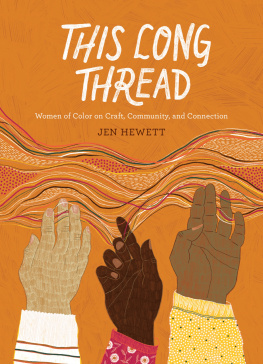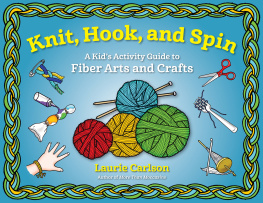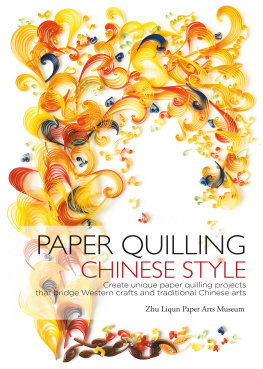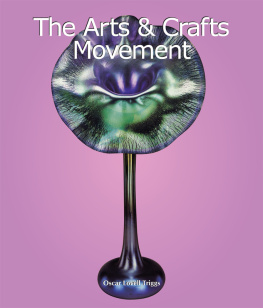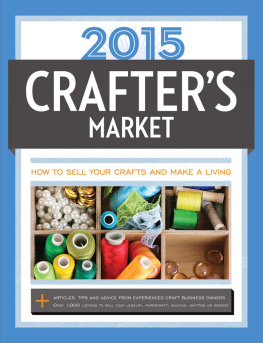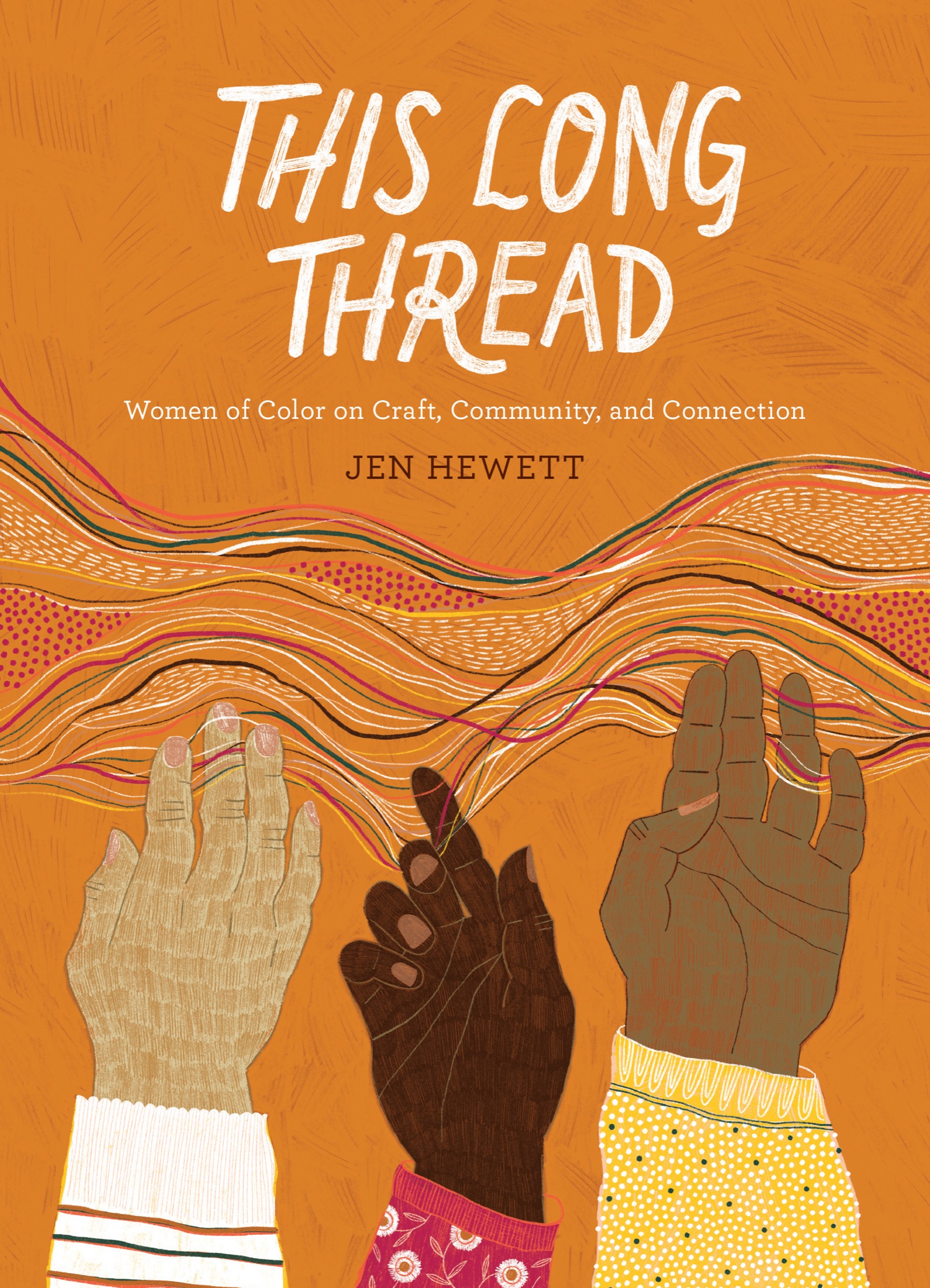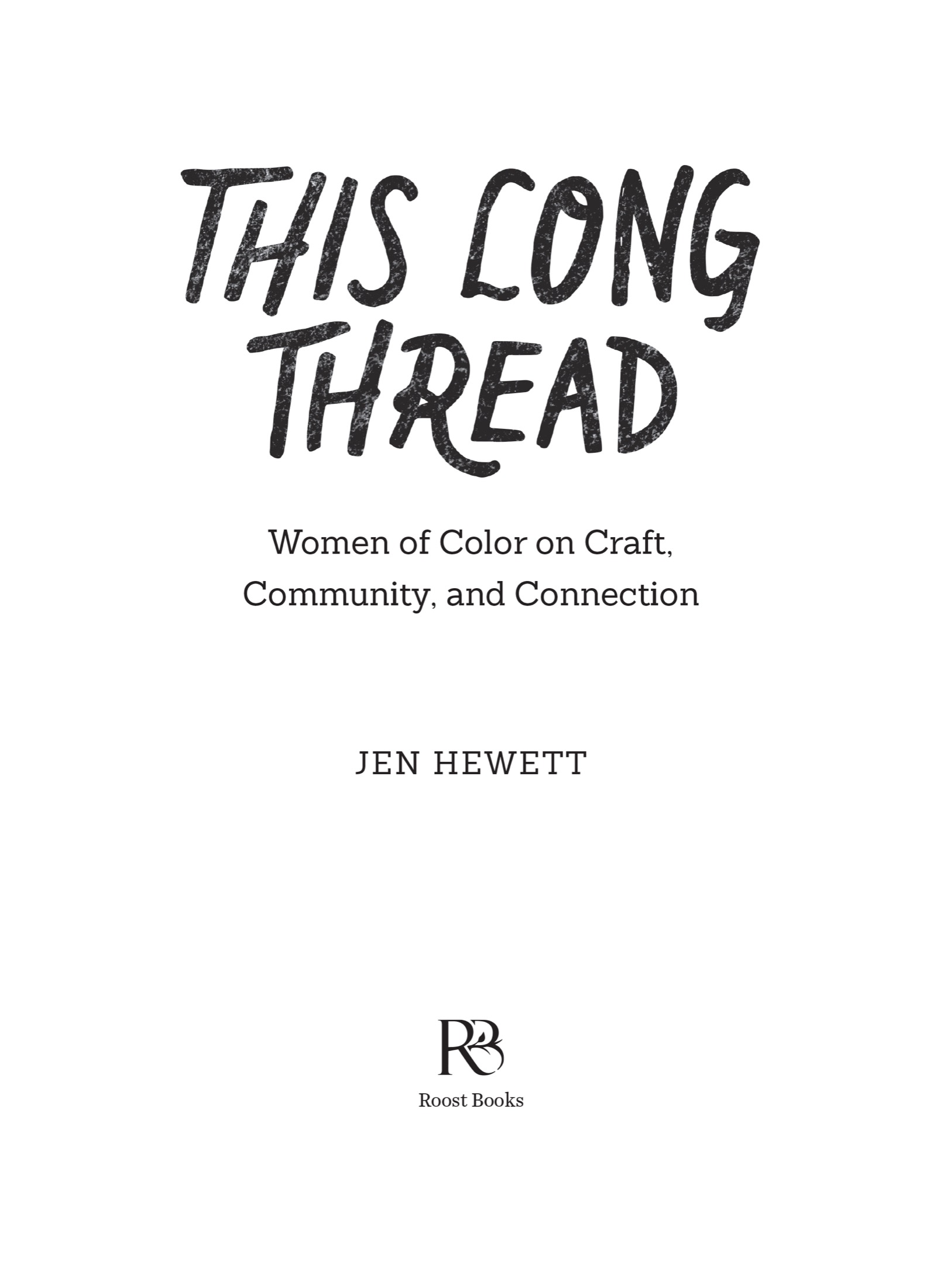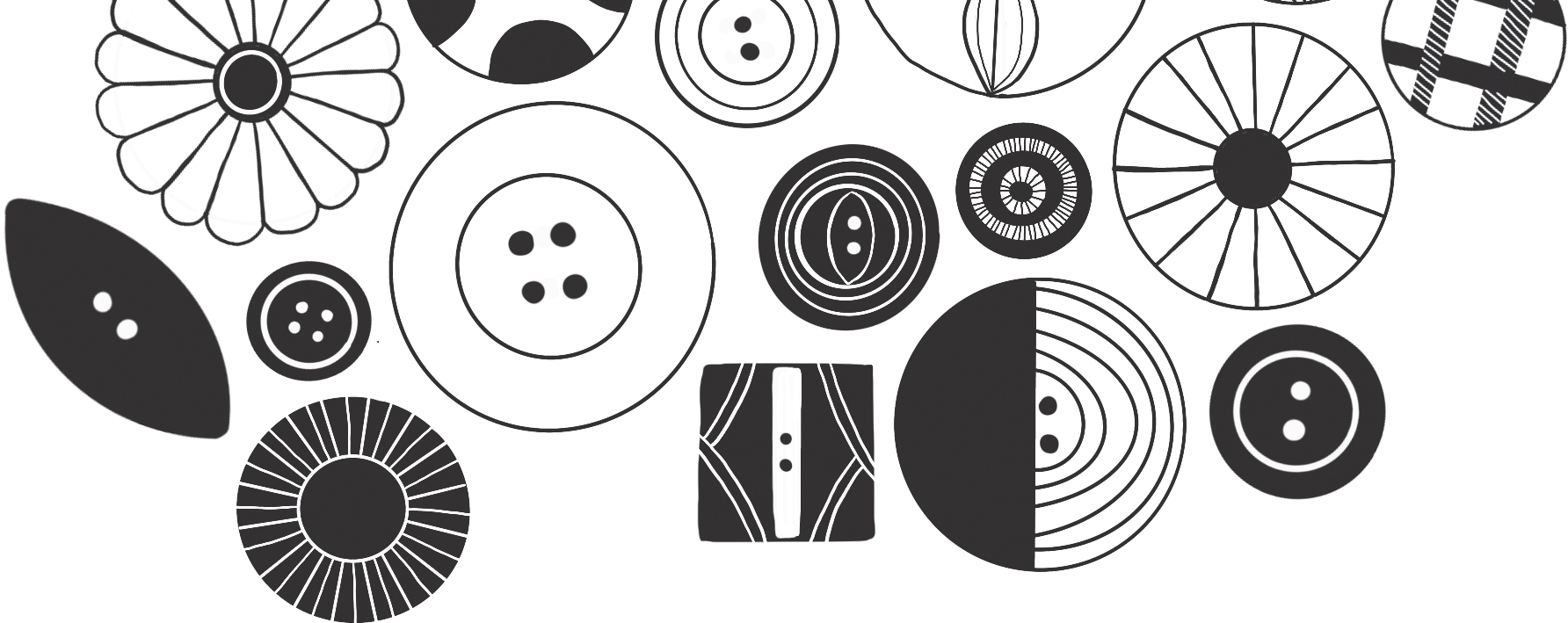Contents
Landmarks
Print Page List
The stitch is a human invention that binds us. It is an old, expressive, and universally understood language. The stitch is ubiquitous in its application. It mends tattered garments and surgical incisions. It holds together the precious elements of haute couture as well as the blocks of a quilt that welcomes a new baby. The stitch closes the winding sheet. Humans have employed stitches throughout history. The stitch is made with a thread that encircles the globe. It travels through continents, cultures, and eras. I am just another hand that touches this long, long thread.
CECILE LEWIS, teacher, natural dyer, quilter, and artist
Roost Books
An imprint of Shambhala Publications, Inc.
2129 13th Street
Boulder, Colorado 80302
roostbooks.com
Text and interior art 2021 by Jen Hewett
Cover art and design: Meenal Patel
Interior design: Kate E. White
All rights reserved. No part of this book may be reproduced in any form or by any means, electronic or mechanical, including photocopying, recording, or by any information storage and retrieval system, without permission in writing from the publisher.
LIBRARY OF CONGRESS CATALOGING-IN-PUBLICATION DATA
Names: Hewett, Jen, author.
Title: This long thread: women of color on community, craft, and connection / Jen Hewett.
Description: First edition. | Boulder, Colorado: Roost Books, [2021]
Identifiers: LCCN 2021001397 | ISBN 9781611808247 (trade paperback)
Subjects: LCSH : Minority womenSocial conditionsNorth America. | Textile CraftsSocial aspectsNorth America.
Classification: LCC HQ 1161 .H49 2021 | DDC 305.48/8097dc23
LC record available at https://lccn.loc.gov/2021001397
Ebook ISBN9780834844063
a_prh_5.7.0_c0_r0
In honor of my grandmothers:
Florence, Maria Fe, and Evelyn
INTRODUCTION
In January 2019, a blog post written by the founder of a knitting company, a white woman, went viral because of the posts neocolonialist undertones. Many rightly criticized the post, while well-intentioned, as racist. An Internet pile-on, the likes of which Id never seen in craft social media, ensued. I was tangentially involved in the blog post (disclosure: the author is a friend of mine, her business was my very first licensee, and the trip she had written about was a trip I was leading to India later that year), so I read through many of the responses. I noticed that while many of the initial commenters who had taken the time to write thoughtful critiques of the blog post were people of color, a lot of the vitriol was coming from white women. The vitriol continued, even after the writer made a series of sincere apologies. I remarked to friends that it seemed the pile-on had become the woke Olympics, with white women attempting to outdo each other in their vocal social media crusade against racism in the knitting world by attacking white individuals and white-owned businesses deemed racist online.
But, I knew from experience that the problem goes way beyond one person or one company. It is a systemic issue, not an individual one, and it extends beyond knitting to the larger fiber arts and crafts world. Professionally, Im a textile artist and designer: I print my own fabric, teach classes on my process, and also design fabric for retailers and fabric companies. Outside my paid work, my hobbies include sewing and embroidery. I have a high profile as one of very few women of color in my industry. I have taught at craft retreats where Ive been the sole Black teacher, was one of two teachers of color, or could count out of hundreds of attendees the number of attendees of color on one hand. I am one of maybe five independent Black fabric designers in the quilting industry, despite the long history of quilting among Black women in the United States. When I first started sewing clothing, I found very few indie-pattern designers of color. Yet, I knew that we existed in the craft world. Were herewere just not represented.
I wrote about my experiences on social media and asked my white followers to examine their own craft communities. Who were they following on social media? Whose patterns were they buying? How diverse were the retreats and guilds they were a part of? How diverse was the representation in the media they were consuming? Of course, because I posed these questions on the Internet, I received a few negative comments from white followersone emailed to tell me my post was shameful. But, what was more important to me was the feedback I received from my followers of color. They told me that they felt excluded fromunrepresentedin the craft community. They wrote that they dont bother going into certain yarn stores because they feel theyre being racially profiled by the shops staff. They said they no longer participate in knitting groups or quilt guilds because of the microaggressions theyve experienced in those settings. They told me that theyd love to attend the popular knitting retreat where Id taught, but are reluctant to because they had experienced microaggressions in similar, overwhelmingly white settings. They were worried about potential hostility during what is supposed to be a vacation.
To respond to this, I pitched the idea for a book about women in the United States and Canada. I knew from my own community that we are out there, even if were not broadly represented. While I wanted to interview a few of the better-known participants who have achieved a certain level of recognition, I also wanted to showcase the broader community. I was interested in hearing from hobbyists, people who are struggling to make a living from their crafts, professionals who are growing their practices, and those who have done this work for years outside of the view of social media and niche industry publications.
Creating a survey and asking members of the community to complete it seemed like the best way to hear from a broad sector. I have read the writers Sheila Heti, Heidi Julavits, and Leanne Shaptons fantastic book Women in Clothes several times. I admire the way the books survey format resulted in answers that are diverse and interesting. I developed a basic list of questions and decided, because this is a book about community, to ask members of my immediate community to review the questions and suggest more. Six of my friends weighed in, debated the merits of specific questions, added questions, and checked my grammar. After a couple rounds of review, I launched the survey and made a broad appeal to my network to complete it and forward it to others. I set a response deadline for two months from the launch date. Id hoped for 150 responses total; I received almost that many within the first week. By the deadline, Id received close to 300 responses. Once I weeded out the white women who had completed it, I had 287 thoughtful, detailed responses from women and nonbinary people of color in the United States and Canada.
Of course, a survey distributed online has its limitations. It cannot capture a comprehensive swath of a community because a survey like this requires an Internet connection along with access to a computer. I knew that this meant that the demographics of survey respondents would skew younger and more middle-class. Americans are more likely to own a smartphone than have broadband at home, and this disparity is most pronounced in households with incomes under $30,000/year (71 percent smartphone ownership versus 56 percent home broadband). While respondents could complete the survey on a smartphone, typing long-form text can be clunky on most devices. And, because the survey is written in English, respondents had to have a certain level of English language proficiency to complete it. I was willing to accept these limitations because I knew that I didnt have the time, the resources, or the training to do the extensive fieldwork required for a truly comprehensive study. My goal was to get as broad a range of responses as possible, given my limitations.

